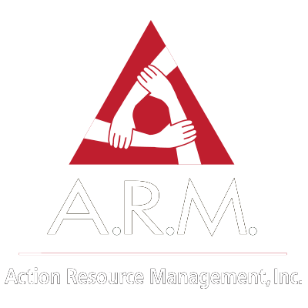Power Up Safely: Best Practices for Using Power Tools in Warehouses – In today’s fast-paced warehouses, power tools are essential for keeping operations efficient, streamlined, and on schedule. From material handling to maintenance tasks, electric pallet jacks, cordless drills, stretch wrap machines, and more allow workers to complete demanding jobs with greater ease. But with all that power comes risk. Misuse, lack of proper training, and equipment wear can lead to serious injuries — making power tool safety an absolute must.
This week’s Safety Saturday blog is here to highlight best practices that help prevent accidents, protect employees, and ensure tools are used safely and effectively in warehouse environments.

Why Power Tool Safety Matters
Power tools like forklifts, electric pallet jacks, cordless drills, and conveyor systems help workers save time and reduce physical strain. But misuse, damaged equipment, or skipped safety checks can lead to injuries ranging from minor cuts to serious crush hazards.
By implementing smart safety protocols, employers can reduce workplace incidents and support a healthier, more proactive team.
Top Safety Tips for Warehouse Power Tools
🔧 Inspect Before Use: Always check tools for damage, wear, or loose components. Frayed cords, cracked casings, or missing guards are red flags—don’t use the tool until it’s repaired or replaced.
🧤 Wear the Right PPE: Depending on the tool, gloves, safety goggles, ear protection, and steel-toed footwear may be necessary. Never skip PPE when working around high-powered equipment.
 ✅ Use Each Tool for Its Intended Purpose: Don’t force a tool to do a job it wasn’t designed for—this increases the risk of malfunction or injury. Follow the manufacturer’s guidelines and your supervisor’s instructions.
✅ Use Each Tool for Its Intended Purpose: Don’t force a tool to do a job it wasn’t designed for—this increases the risk of malfunction or injury. Follow the manufacturer’s guidelines and your supervisor’s instructions.
📋 Stay Alert, Stay Trained: Only operate power tools if you’ve been properly trained. Distractions and fatigue can increase the chances of a serious accident.
Government Safety Resource
For more detailed guidance on using power tools safely in industrial settings, visit OSHA’s Hand and Power Tools Safety Guidelines. Remember to power up safely!
Click to learn how A.R.M. can help you succeed.

